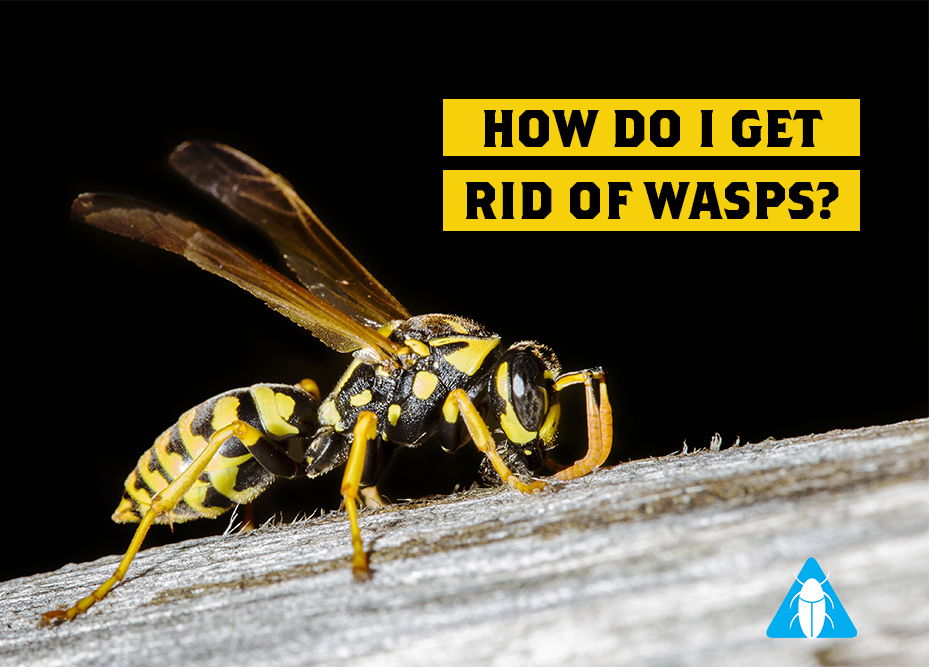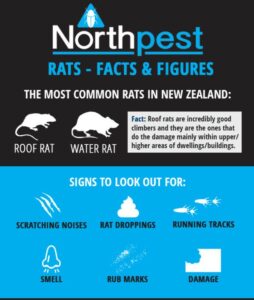If you love summer but dread the inevitable invasion of wasps that warmer weather brings, then read on because we have the best ways to get rid of wasps!
There’s no doubt that Northland in Summer is one of the best places in New Zealand to be, with the beautiful beaches, breath-taking landscapes and stunning weather to enjoy. However, our warm weather is also favoured by wasps, and here in Northland we get more than our fair share of these unwanted visitors!
German wasps and Paper wasps and how to tell the difference
In New Zealand, we are home to two main types of wasp: the German wasp and the Paper wasp. If you think that a wasp is a wasp and that its not important to know the difference, think again. If you have wasps on your property and you’re trying to get rid of them, knowing the difference between German wasps and paper wasps is essential.
We’ve compiled the most important facts about how to identify wasps, where to find their nests, and how to destroy them.
Paper wasps
There are two varieties of paper wasp in New Zealand – the Asian paper wasp and the Australian paper wasp. Both are similar in appearance and behaviour, so you can use the same method to get rid of them.
The easiest way to identify a paper wasp from a German wasp is by the way its legs dangle down from their bodies when they fly. They like to hover around wooden structures such as fences, walls and deck railings, particularly on warm, sunny days.
The other way of identifying these nasties is the type of nest they build. These can be found in a variety of places such as underneath decks or eaves, on fences and in shrubbery – even in long grass! Their nests are papery structures that hang from the object they’re attached to and are made up of several, hexagonal cells (like bees build). The paper-like texture of these nests is what gives the wasp its name.
It all starts with one wasp. These first, solitary wasps, start building their nests in late Spring, early Summer. They build one or two cells, lay eggs and tend these eggs and then pupae, when they hatch, carefully. As summer progresses, an unchecked wasp colony gets bigger as more cells are built, more eggs are laid and more pupae hatch. We’ve seen nests get as big as footballs, with many gangly legged wasps swarming all over and around it.
Are paper wasps aggressive?
If there’s one good thing about paper wasps, it’s that they’re non-aggressive. They won’t fly out and attack you unless they feel threated. When people get stung, it’s usually because they’ve accidently touched one while out in the garden, or because they’ve disturbed a nest. You can get quite close to a paper wasp nest without them attacking.
So, we know how to spot them, how do we get rid of paper wasps?
You may have realised by now, that swatting at wasps one-by-one is a futile (and potentially painful) exercise.
The best way to get rid of paper wasps is to find their nest and spray it with insect spray, which ensures that the whole colony, including the pupae growing within each cell, are all killed.
The best time to destroy wasp nests is in the cool of the morning or evening, when wasps are slower and less likely to mount much of a defence.
German wasps or common wasps
These wasps are identified by their yellow appearance with black markings. The yellow and black combination cause some confusion, with many people mistaking them for bees.
The most important difference between paper wasps and German wasps is that German wasps are much more aggressive, defending their nests in large numbers against any kind of threat.
What does a German wasp nest look like?
Another important difference between the two types of wasp is the nest they build. German wasps build their nests underground and can be very hard to spot. Many people only find nests by stumbling upon them by accident while walking or gardening, getting a nasty surprise in the process!
These wasps live in a colony underground resembling a beehive in social hierarchy. Like bees, they will attack people in order to defend their nest, but unlike bees, they have more than one sting, which makes them more dangerous – they can, and do, keep on stinging until the threat passes.
How to find a German wasp nest
Not as easy to find as a paper wasp nest, the best way to locate a German wasp nest is to wait until late afternoon-early evening – the light at this time of day makes them easier to see. Watch for a ‘flight path’ of wasps as they head to and from their nest and approach with caution.
If it’s a small nest, then you can deal with it easily using Dust to Dust. Again, it’s best to wait until its cool, when the wasps are less aggressive, then its safe to approach and apply the product liberally.
For larger nests, its much safer to get the professionals in! We have all the right equipment and protective gear, allowing us to destroy the nest quickly and safely.
What to do if you get stung by a wasp
Apart from the pain, swelling and itching, paper wasp stings are relatively harmless. Immediately after being stung, a cold cloth is good for soothing the intense stinging sensation.
Some people experience allergic reactions to wasp stings, such as swelling or difficulty breathing. If you or a family member experiences severe swelling, or difficulty breathing due to a wasp sting, we recommend you see a doctor.
Wasp stings can become itchy, so having a good anti itch cream in the bathroom cupboard is a good idea to offer relief.
What Northpest can do
You can deal with many wasp nests safely by yourself and we’re happy to give you advice on the right products and safety equipment to use to help you do this effectively.
If you have a lot of wasp nests, wasp nests in hard-to-get places, or large German wasp nests, then we’re the team to call. We’re experts in wasp nest removal with many years’ experience. Our clients trust us to get rid of wasp nests in the most efficient and safe methods.

